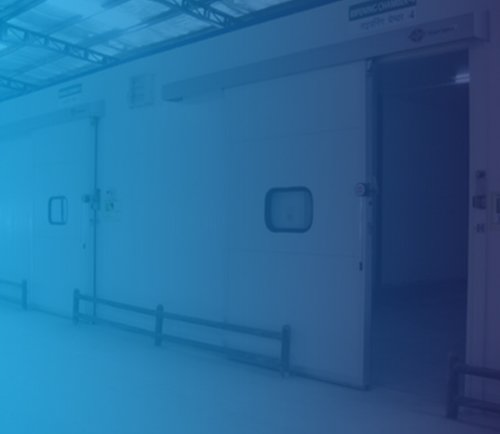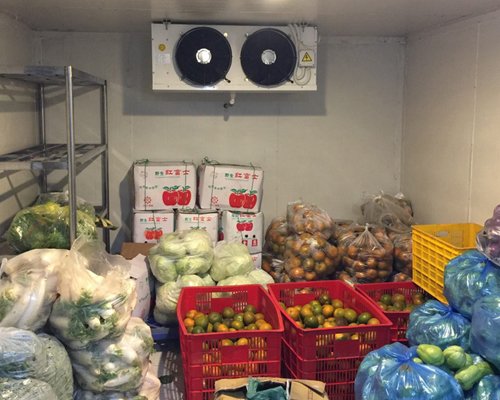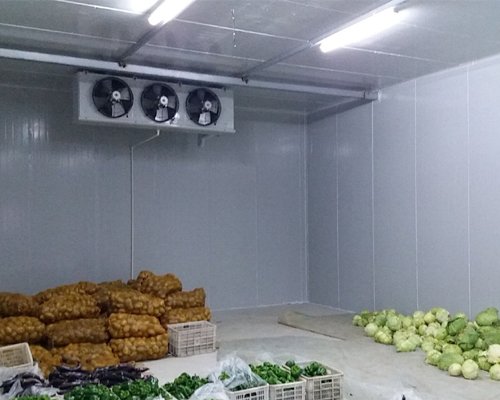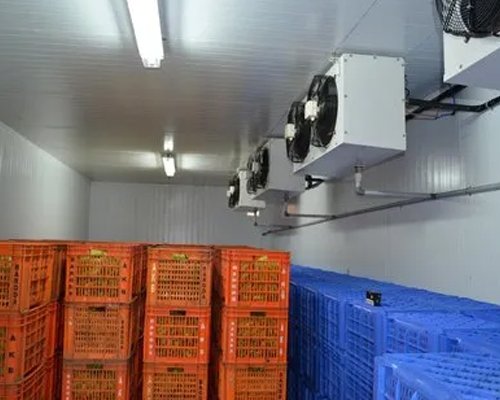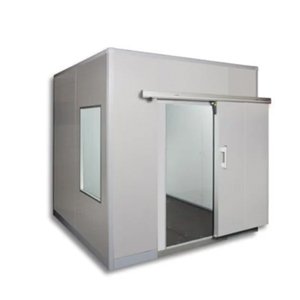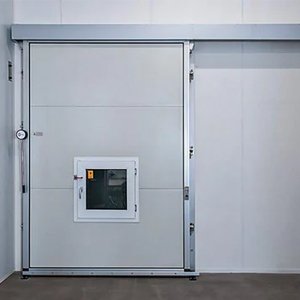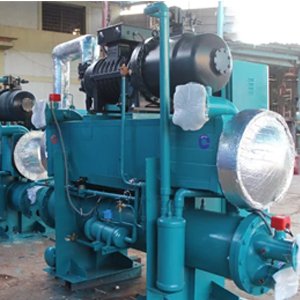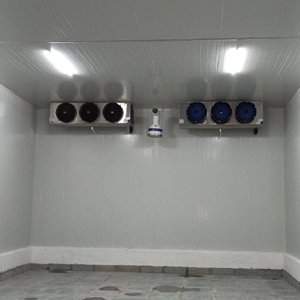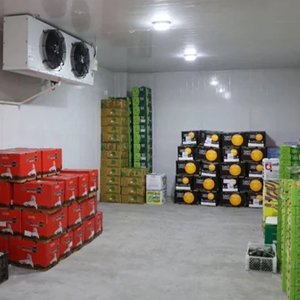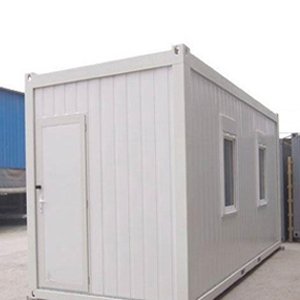Vegetable Cold Room Manufacturers In Coimbatore
Vegetable Cold Room are mainly used to preserve agricultural items after harvesting. It’s kept under specific temperatures to protect them from rotting.
Talking about the Vegetable Cold Room manufacturers in Coimbatore, its main use is keeping food items fresh for a long time when seasons get over.
Categories of Vegetable cold Room:
The cold storage facility is mainly divided into two categories according to the items stored and according to seasons as well.
The first type is food and agriculture products. This category includes fruits, dairy products, meat, and many other items which are kept in low temperatures.
This type of storage facility is built near markets for easy transportation and access to the items in an easing way.
The second category is off-season products. This category is used to store potatoes, chilies, spices, seeds, corn, etc to meet the requirements and needs in the offseason.
These types of storage facilities are generally placed near farms or lands for better supply and maintenance. This helps the farmers to set up and keep the items easily.
Ripening, storage, and refrigeration of fruits at Vegetable Cold Room:
The fruits are climacteric product, it continues to ripen once it has been harvested, but the fruit must be harvested when it is physiologically ripe (green). Its shape, size, and colour depending on the variety grown.
For its preservation, the storage warehouses must be cooled before the entry of the product, whose temperature must drop to 13 ° C as soon as possible.
The green-ripe fruit can be kept from one to four weeks; depending on the conditions of handling and state of maturity of the same. Once ripe, the fruit has a satisfactory shelf life beyond two to four days, depending on the ambient temperature.
Likewise, it must remain stored at 14 ° C, with a relative humidity of 90% to 95% for the green-ripe banana and 85% if it is ripe. Temperatures on the order of 11 ° C to 12 ° C will cause chilling damage.
The green-ripe fruit is slightly more sensitive to cold than the ripe one. A few hours of exposure to 10 ° C can result in dulling of the shell color; while 12 hours at 7 °C is enough to affect the quality of consumption of this fruit.
The ripening process can be induced and accelerated by the external application of Ethylene in special ripening chambers. The process lasts around 24 hours with proper temperature and relative humidity control. In this case, it is recommended to keep the temperature between 14 ° C and 18 ° C.
During the ripening process, the pulp temperature should never be above 19 ° C, as damage is known as “cooked” occurs, an effect that results in fruits with softened pulps.
The relative humidity must be kept in the order of 95% to 98% below these, the fruits have more sensitivity to staining with simple friction, deteriorating the quality and presentation of the product.
Ripening process:
The ripening of fruits is linked to complex transformation processes of its components. When collected, they are separated from their natural source of nutrients, but their tissues continue to breathe and remain active. Sugars and other components undergo important modifications, forming carbon dioxide (CO2) and water.
These processes are of great importance as they influence changes produced during storage, transportation, and marketing. The phenomena that are especially prominent during ripening are respiration, sweetening, softening, changes in aroma, coloration, and nutritional value.
Respiration:
The intensity of respiration of a fruit depends on its degree of development. It is measured as the amount of CO2 (mg) released from each kilogram of fruit per hour.
There are fruits in which after reaching the minimum ripening again the respiratory intensity increases until reaching a maximum value, called the climacteric peak; these fruits are called “climacteric fruits”.
During respiration, Ethylene is produced, if this gaseous compound, produced by ripe fruit, accumulates near unripe fruits, it will quickly trigger their ripening and therefore the deterioration of all the others.
Flavor:
When ripening begins, the carbohydrate content and the typical sweetness of ripe fruits increases. The acids diminish and the sour taste disappears, giving way to a mild one.
Softening:
The protopectin traps water forming a kind of mesh, which gives the unripe fruit its particular texture. With maturation, this substance decreases, transforming into soluble pectin, which is dissolved in the water it contains, causing softening.
Changes in aroma:
The formation of these aromas depends largely on external factors, such as temperature and variations throughout the day.
Colour changes:
Usually, the transition goes from green to another colour when the chlorophyll decomposes, revealing previously masked dyes. It also increases the production of red and yellow colorants typical of ripe fruits.
In some cases, the colour variation also indicates chemical changes, such as in mango due to an increase in carotene content, while dyes such as anthocyanins activate the light.
Nutritional value:
In general, fruits lose vitamin C when they ripen on the tree and during storage; In this case, the loss depends to a great extent on the temperature, being much lower while it is closer to 0° C.
Other elements such as provitamin A are sensitive to contact with oxygen in the air, so peeling, chopping and Fruit smoothie must be made just before consumption.
On some occasions, the externally applied Ethylene maturation process is promoted before the natural internal concentration reaches 0.1 to 1.0PPM. This does not mean that it is an artificial process, it simply speeds up the normal process.





